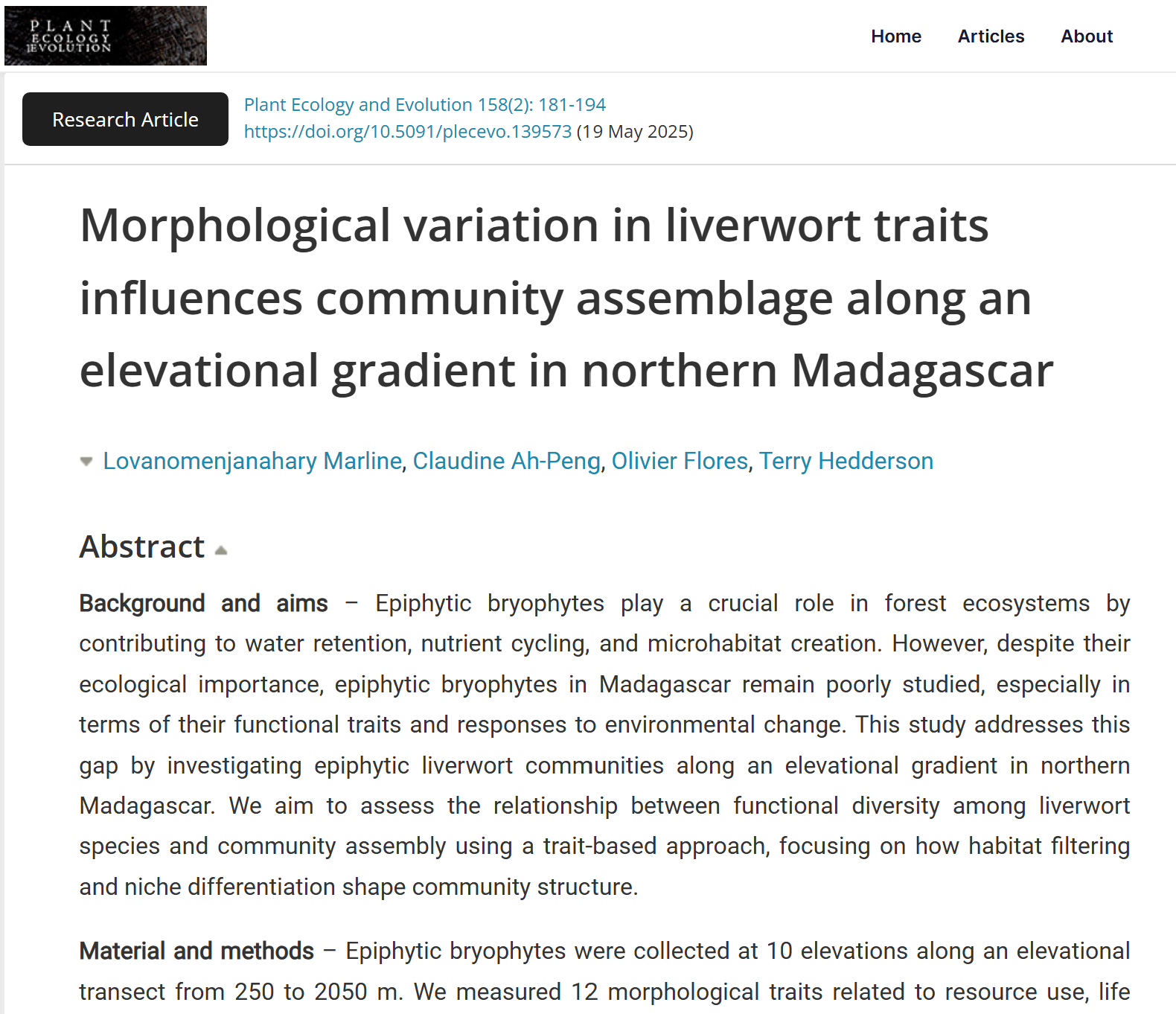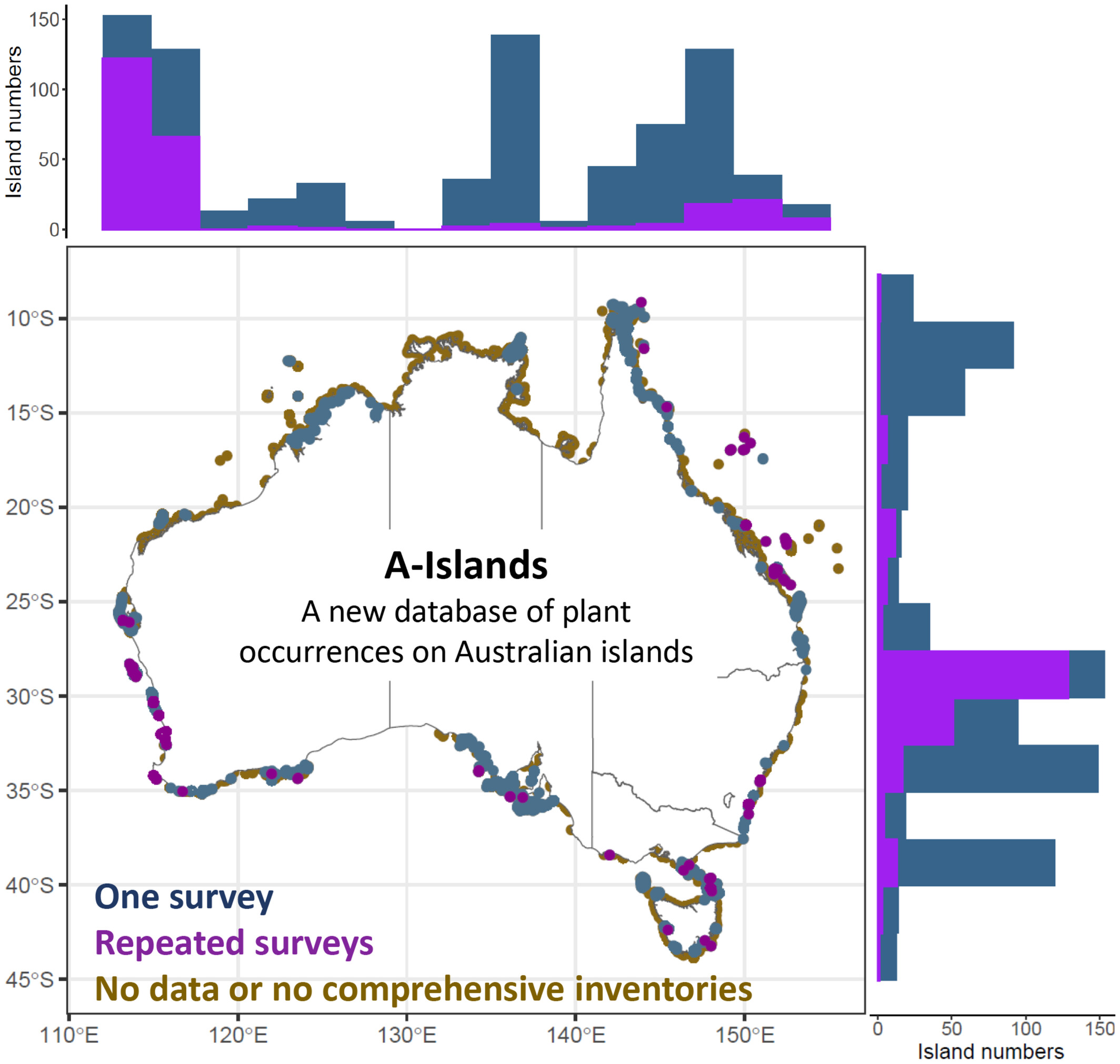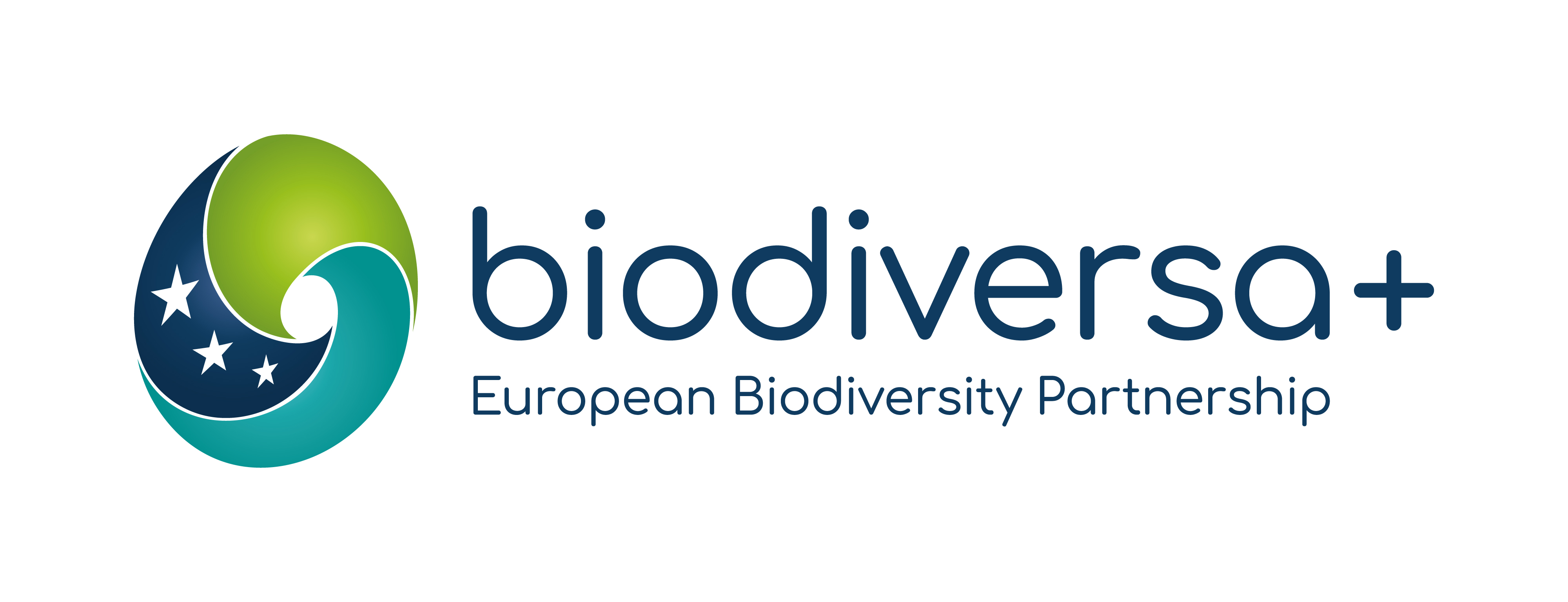Oceanic islands contribute disproportionately to global biodiversity, hosting many endemic species with unique evolutionary and functional adaptations. Regrettably, islands are epicentres of biodiversity change, particularly vulnerable to anthropogenic disturbances such as habitat loss, climate change, and the introduction of non-native species. The impact of these anthropogenic drivers on islands has far-reaching implications. Therefore, in BioMonI, we work to underscore the importance of oceanic islands and related monitoring efforts at national, regional, and global levels. BioMonI aims to empower local and regional stakeholders by providing standardised monitoring protocols, historical baselines, quantitative estimates, and co-develop future scenarios of Essential Biodiversity Variables (EBVs) and Ecosystem Service Variables (EESVs).
Research
Towards a transnational oceanic island monitoring network

With BIOMONI, we aim to build a global long-term, easily accessible monitoring network specifically tailored to the pressing needs of biodiversity conservation and monitoring on islands. We encompass different spatiotemporal scales by unlocking palaeoecological archives, exploring unmanned aerial vehicles and satellite imagery to scale up, and integrating future island biodiversity scenarios. Further, in BioMon, we are working to include elusive dimensions of biodiversity via, e.g., genetic and genomic tools, broadening the spectrum of monitoring and conservation by integrating cross-scale evolutionary and functional perspectives linking local, regional, and global scales. To do that, we are assembling BIOMONI-PLOT, a long-term vegetation plot network to understand biodiversity and ecosystem change, with baseline data from three focal archipelagos (Azores, Canary Islands, and Mascarenes) but aim to mobilize data from archipelagos worldwide. The structure of BIOMONI-PLOT allows it to be easily integrated with species-level data and island-level information from the Global Inventory of Floras and Traits database (GIFT) as well as other vegetation-plot initiatives.

Advisory Board: Miguel Fernandez, Rosemary Gillespie, Jean-Yves Hiro Meyer, and Kostas Triantis.
Our team includes:
WP1 - Coordination - University of Göttingen (Germany)
- Holger Kreft
- Nathaly Guerrero
- Patrick Weigelt
- Wolf Wildpret
- Anke Stein
WP2 - Historical archives - University of La Laguna (Spain)
- Lea de Nascimento
- José Maria Fernández-Palacios
- Rüdiger Otto
- Natalia Sierra Cornejo
WP3 - BioMonI plot network - University of La Réunion (France)
- Claudine Ah-Peng
- Dominique Strasberg
- Sandra Domingues Gomes
WP4 - Genetic tools for monitoring - Spanish National Research Council (CSIC, Spain)
- Jairo Patiño
- Brent Emerson
- Paloma Martinez-Boix
WP5 - Remote Sensing - University of Neuchâtel (Switzerland)
- Clara Zemp
- Samantha Suter
- Vladimir Wingate
- Giorgia Camperio
WP6 - Scenarios of future island biodiversity - University of Vienna (Austria)
- Bernd Lenzner
- Franz Essl
- Fabio Mologni
WP7 - E-infrastructure and stakeholder engagement - University of the Azores (Portugal)
- Paulo Borges
- Rosalina Gabriel
- Rui Bentos Elias
2024
This work is part of the Biodiversa+ project BioMonI – Biodiversity monitoring of island ecosystems. We acknowledge funding by Agence Nationale de la Recherche, ANR-23-EBIP-0009-05 for the University of La Réunion (France), the Deutsche Forschungsgemeinschaft (DFG, German Research Foundation)—project ID 533271599 for University of Göttingen (Germany), Ministerio de Ciencia e Innovación, Agencia Estatal de Investigación (MCIN/AEI/10.13039/501100011033) cofunded by the European Union —project ID PCI2023-145966-2 for IPNA-CSIC and University of La Laguna (Spain), project I 6809 for the University of Vienna (Austria), FCT – Fundação para a Ciência e a Tecnologia, BiodivMon/0003/2022 for University of Azores (Portugal), and the Swiss National Science Foundation, Grant number 216847 for the Université de Neuchâtel (Switzerland).
















